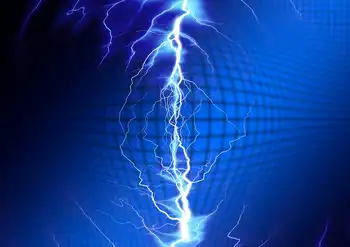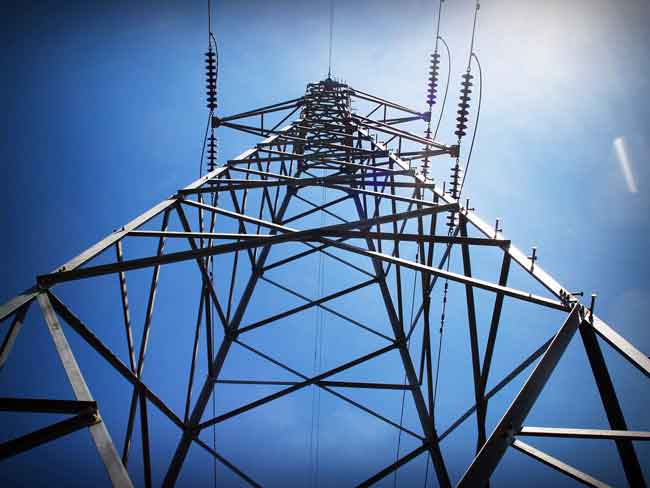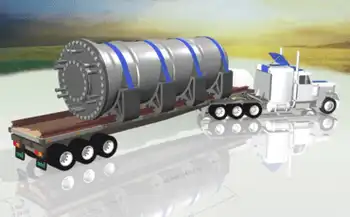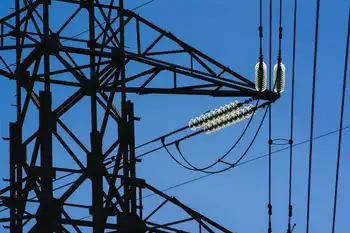Landfill to generate power for Montana homes
By Associated Press
Electrical Testing & Commissioning of Power Systems
Our customized live online or in‑person group training can be delivered to your staff at your location.

- Live Online
- 12 hours Instructor-led
- Group Training Available
The Flathead Electric Cooperative says the methane it's capturing at the landfill will fuel a 1.6-megawatt power plant and generate enough electricity for nearly 1,000 homes.
Landfill gas generators are not uncommon elsewhere in the United States, said Ken Sugden, general manager of the electric cooperative. However, they've been pretty much absent from Montana until now, he said.
The Flathead Electric Cooperative has been buying electricity from Bonneville Power Administration. But as population increases and demand continues to rise, Bonneville has less of its low-cost federal hydropower to go around.
Bonneville officials have told utility customers that after October 2011, the agency will not supply additional power to handle increasing demand.
"That's one big reason we've started looking at renewables," Sugden said. "After 2011, it's a whole new world for most of us."
The landfill system uses wells and pipelines to catch gas generated by micro-organisms that break down garbage.
Sugden said the utility began talks with Flathead County about a possible facility several years ago after learning the landfill was lined with a plastic barrier. Such barriers are required for gas collection.
Sugden said the landfill already was capturing methane and burning it off in flares to keep it from seeping into groundwater.
The utility issued bonds to raise the $3.5 million to cover the plant's construction. The landfill project has 41 wells and more will be added as the dump expands.
The current gas supply is 370 cubic feet per minute, enough to generate about 1 megawatt of electricity, enough to power some 900 homes. The residents of the homes, in turn, produce the garbage that begins the cycle anew. A new transmission line links the generator to the valley's primary grid.
Sugden said he expects power from the facility will cost about the same as other power on the market. Once construction costs are covered, in 15 years, Sugden said, "it will be far, far cheaper than the market average."
Burning the methane helps reduce global warming that scientists say is caused by gas emissions.
The new plant won't meet all of the cooperative's energy questions. Demand is projected to rise by about 4 or 5 megawatts per year and much more supply will be needed.
Sugden said the cooperative is looking into joint ventures with other utilities and other options. In addition, he said, "we've really ramped up our energy efficiency programs," because not using power is almost always cheaper than producing more. "Every little bit helps," Sugden said. "Every little bit adds to the mix."











